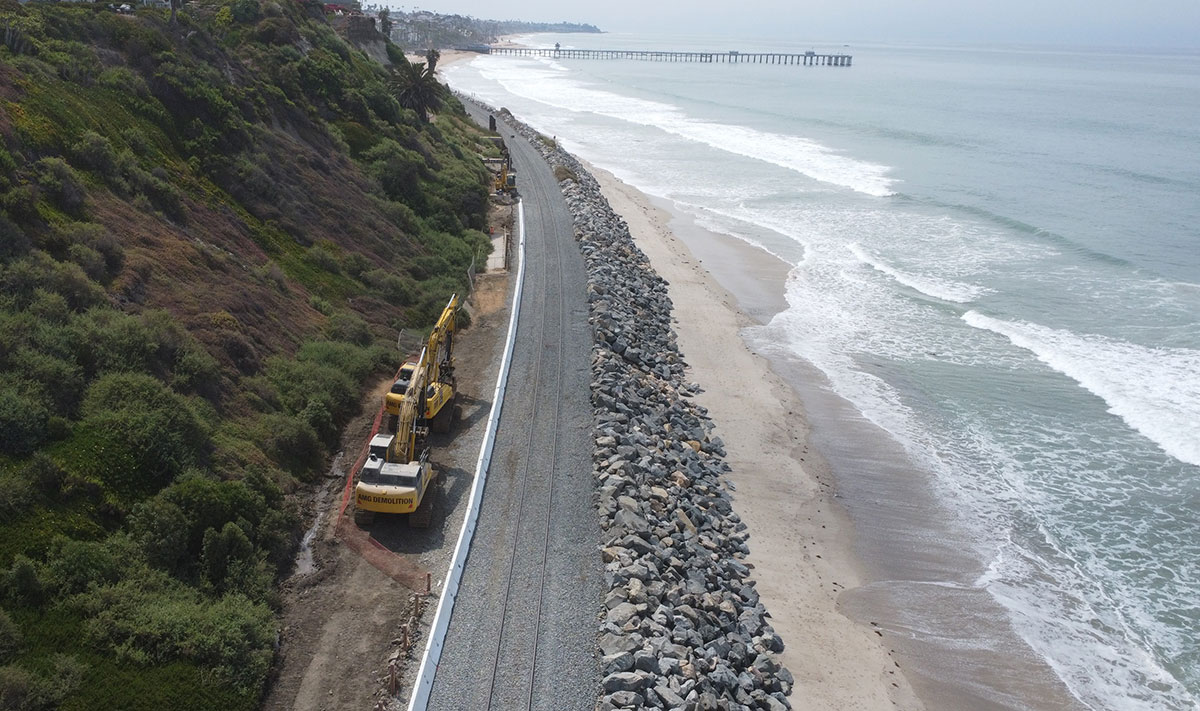
SAN CLEMENTE, Calif. — Efforts to replenish the beach in San Clemente to protect the Surf Line rail line used by Amtrak, Metrolink, and BNSF Railway began last week with the first deliveries of sand on Friday.
The Orange County Transportation Authority says some 300 truckloads of sand from a quarry in Palm Springs will be delivered by the end of this week, providing some 3,400 cubic yards of sand to bolster a quarter mile of beach. It’s part of the ongoing emergency effort to fight the erosion that has led to a six-week shutdown of the route for repairs earlier this year [see “Emergency repairs to halt …,” Trains.com, April 25, 2025]. A series of landslides has led to intermittent closures of the route since 2021, including almost continuous disruptiosn between September 2022 and July 2023.
The first sand delivery is just a fraction of the 540,000 cubic yards that are planned to be placed along the San Clemente coast, pending sand acquisition and federal and state permits. The sand project is estimated to cost about $900,000.
“This initial placement of sand highlights our dedication to securing our rail corridor and protecting our coast,” OCTA Director Katrina Foley said in a press release. “Unfortunately, slow, excessive bureaucracy prohibits OCTA from bringing the remaining sand San Clemente desperately needs. We must work collaboratively with all levels of government to expedite sand renourishment efforts and protect our iconic Orange County beaches.”
Additional work is scheduled later this month to include restoration of the San Clemente Pedestrian Beach Trail and construction of an approximately 1,400-foot-long catchment wall to protect the rail line from slide debris. The complete set of projects at four San Clemente locations is projected to cost $310 million; 95% involves sand placement while the remainder involves reinforcement work such as the catchment wall.






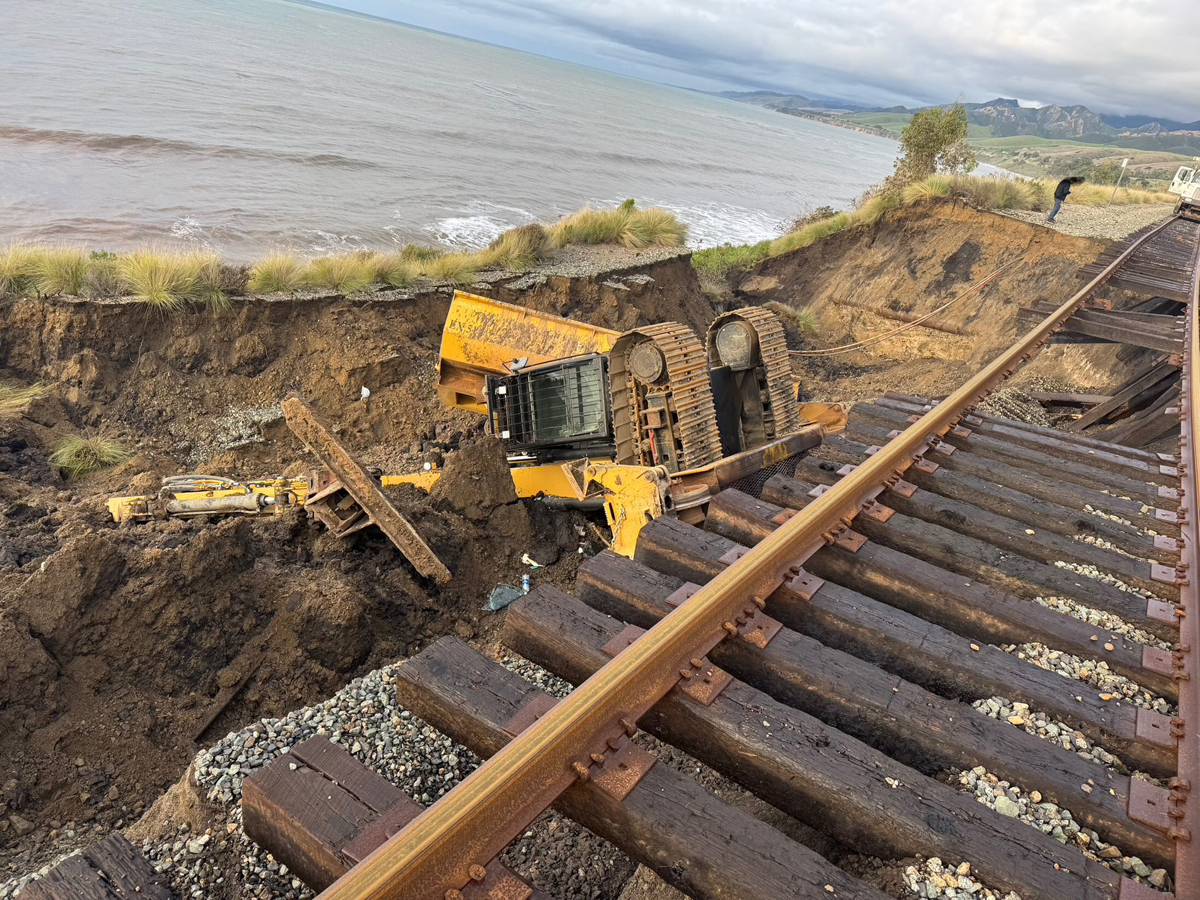
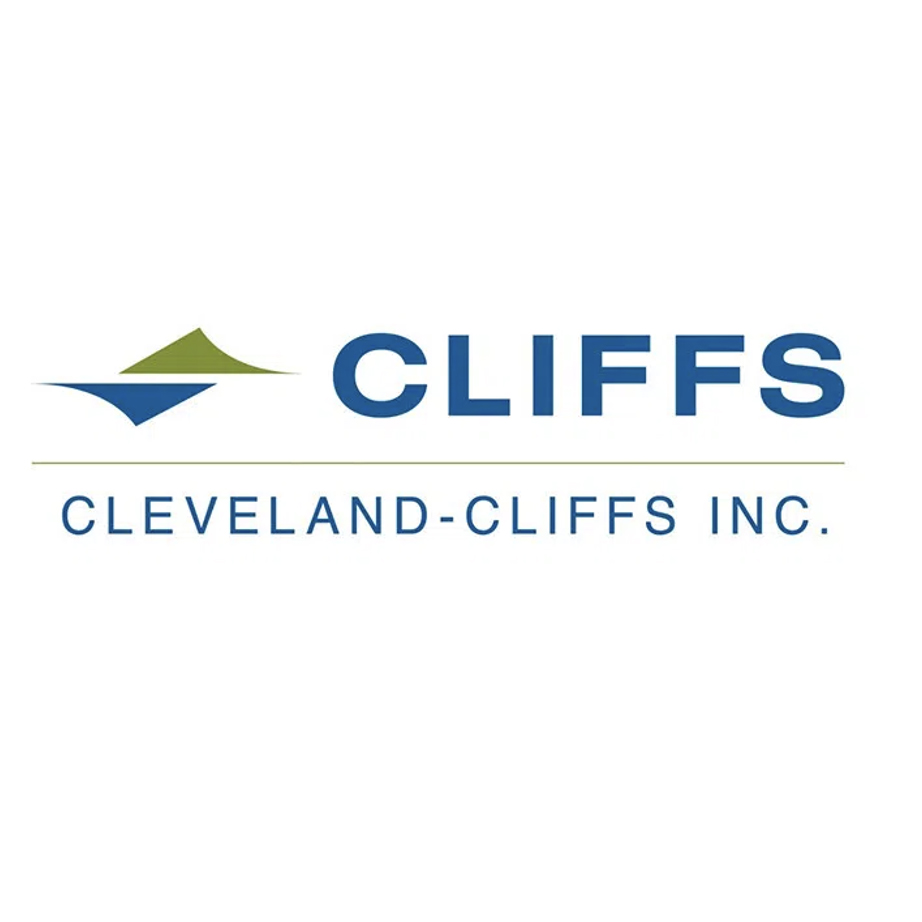
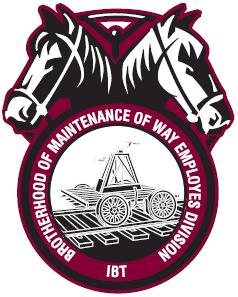

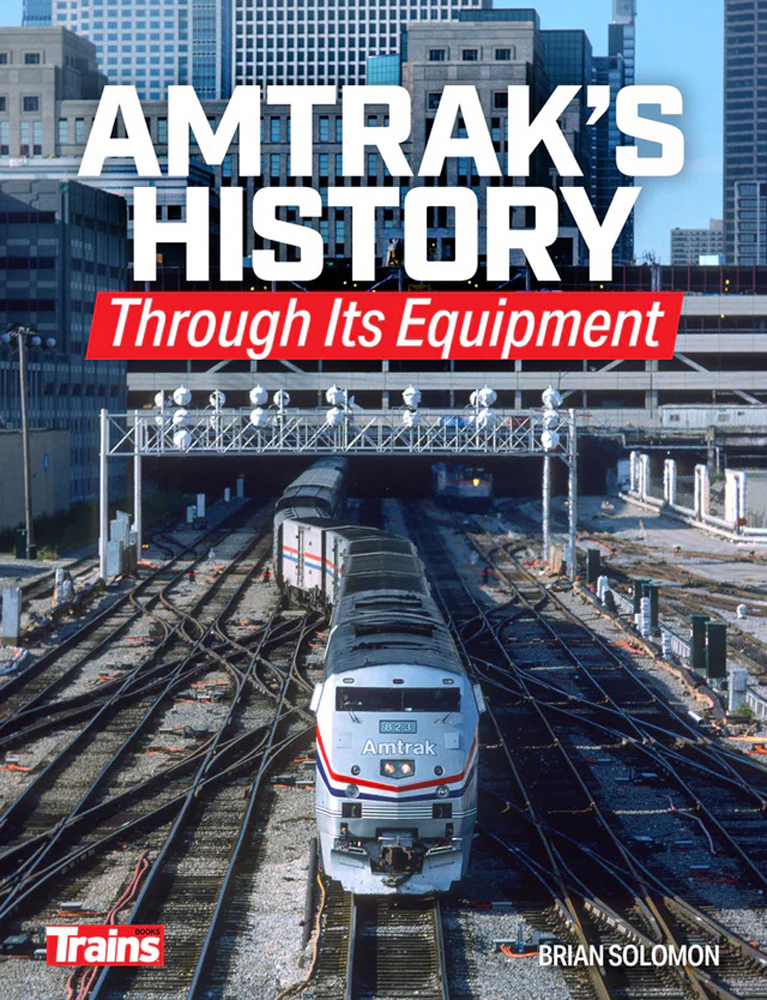
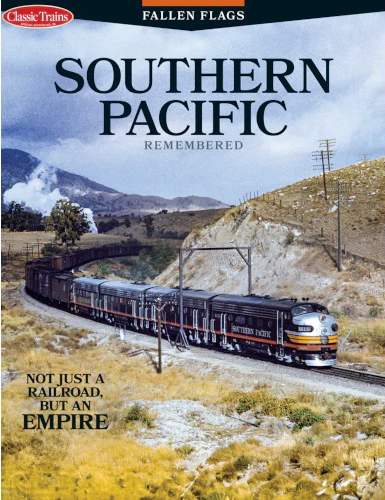

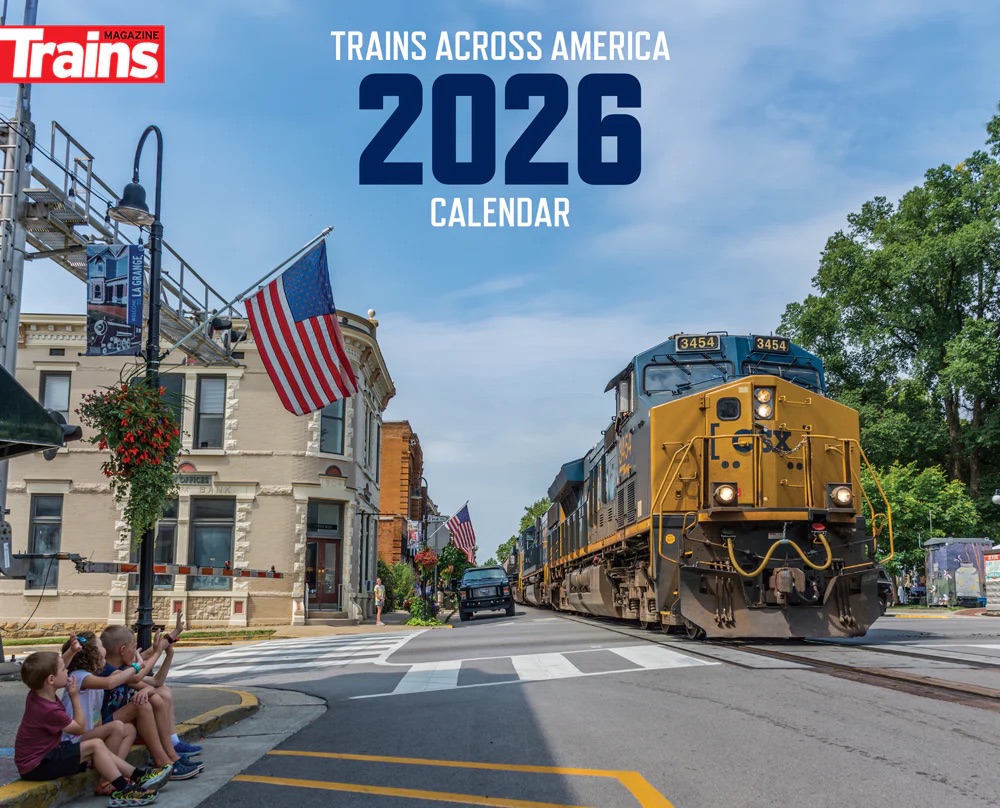
This needs to be done rising tides is causing the beach to be eroded if we do nothing in the Surf Line will be underwater. The only way to combat Mass wasting in this area is to close off that beach, build a slurry wall, right there, and then cover the entire beach in rap. What this does is it turns the beach into breakwater that way when the mighty Pacific sends its waves towards shore they do not erode the cliff or cause any landslides. Another thing that needs to be done is the tracks need to be elevated that way they don’t get washed out of the seawall fails.